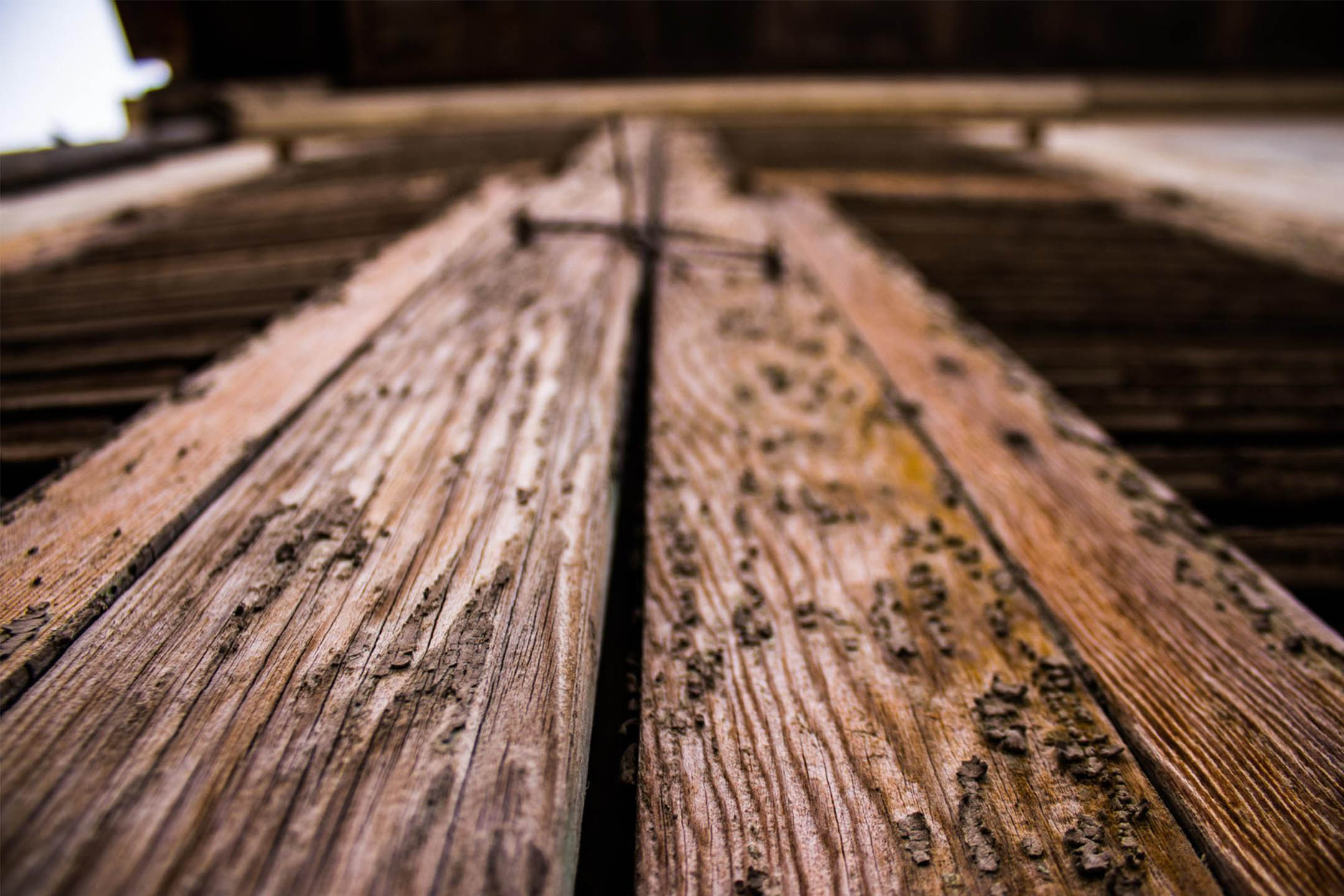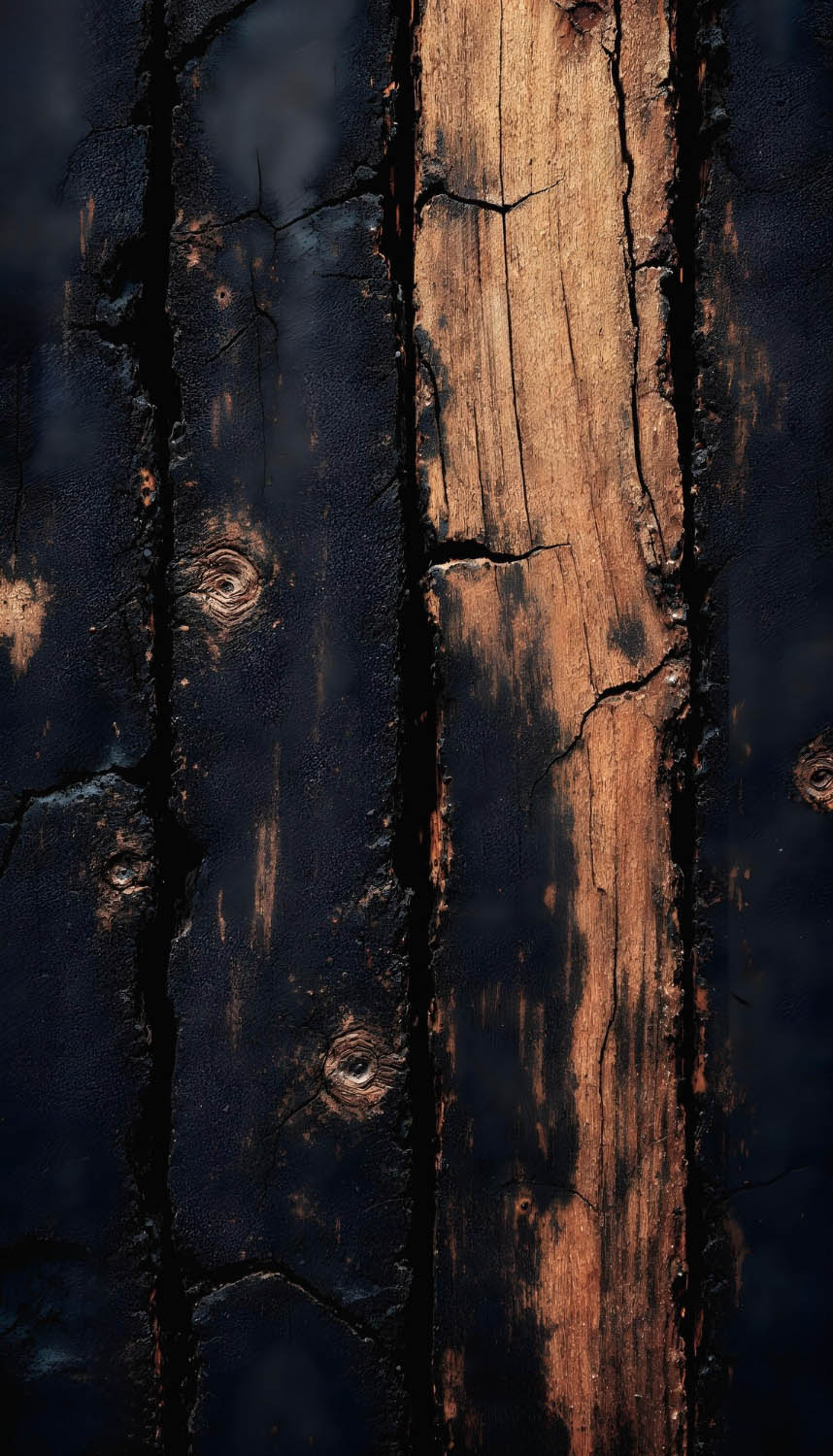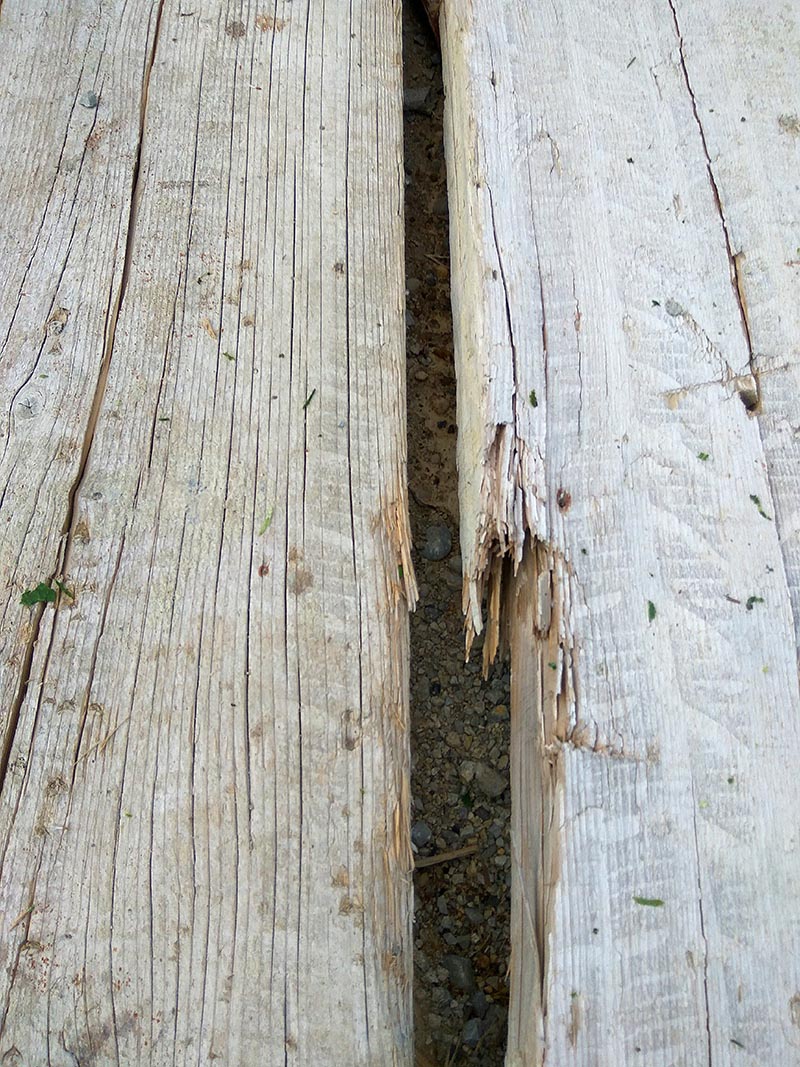Timber beams are a defining feature in many historic and character properties. Whether supporting the structure of a barn conversion or adding charm to a period cottage, these features blend function with visual appeal. However, over time, beams can develop a range of issues. Some being cosmetic, others potentially more serious.
We explore the most common beam problems found in UK homes and buildings, explain what causes them, and show how professional beam restoration can repair and protect these valuable features for the future.
What Causes Beam Problems?
Timber, even when properly seasoned and installed, is a natural material that continues to respond to its environment. Its condition can deteriorate over decades, or even centuries, as a result of moisture, movement, pests and misguided repair efforts. Understanding the root causes helps property owners spot problems early and act before damage worsens.
Natural Ageing and Movement
As timber ages, it naturally expands and contracts in response to temperature and humidity changes. This seasonal movement can eventually lead to hairline cracks or surface splits. In older buildings where settling has occurred, beams may shift slightly out of position, creating subtle misalignments or structural stress. While some cracking is normal and purely cosmetic, deeper or widening cracks may indicate more serious internal changes.
Damp and Poor Ventilation
Beams exposed to damp conditions (particularly in bathrooms, basements or poorly ventilated roof spaces) are at increased risk of decay. Timber that regularly absorbs moisture and cannot dry out properly becomes vulnerable to wet rot or dry rot, both of which can weaken its strength over time. Even slight condensation, if left unchecked, can encourage fungal growth or create the ideal conditions for wood-boring insects.

Past Repairs and Coatings
In many cases, well-meaning property owners have applied treatments that do more harm than good. Layers of paint, varnish or sealant can trap moisture inside the beam, accelerating internal decay. Cement-based fillers used to patch cracks may crack or fall away with time. These surface coatings can also conceal early signs of damage, delaying detection.
Structural Beam Problems to Look Out For
While not every imperfection requires urgent action, certain issues signal that a beam may need repair or replacement. Being aware of these red flags helps prevent more costly interventions later.
Cracks and Splits
Surface-level cracks and splits are common, especially in exposed beams. However, if cracks appear deep, run along the grain or begin to widen, they could indicate internal stress or long-term weakness. Vertical cracks may suggest shrinkage, while horizontal or stepped cracks might point to movement elsewhere in the building. If in doubt, a structural survey is recommended.
Sagging or Bowed Beams
A sagging beam is a clear sign that it is no longer providing adequate support. Causes can include age, overloading or previous damage that was never addressed. Even a slight curve may indicate the beam is under stress, which can have knock-on effects on floors, ceilings or door frames. Restoring structural stability often involves reinforcement or replacement in more severe cases.
Joint Separation or Beam Movement
Traditional beams were often fitted using mortise and tenon joints or seated on stone pads. Over time, movement in the building or weakening of these joints can cause separation, leading to instability or misalignment. Gaps around beam ends, uneven ceilings or creaking underfoot may all be signs of joint failure or shifting.
Common Surface and Cosmetic Issues
Not all beam problems are structural, with many relating to appearance. Fortunately, most of these issues can be corrected without invasive methods.
Blackened or Stained Beams
One of the most common cosmetic problems is blackened oak or dark stains. These may be caused by smoke damage, water ingress or a chemical reaction between the wood’s tannins and iron particles from old nails or brackets. While unsightly, these stains can usually be removed without damaging the timber underneath.

Flaking Paint and Coating Build-Up
Over decades, beams are often coated in multiple layers of paint, varnish or limewash. These finishes can obscure the natural grain and character of the timber, leaving beams looking dull or out of place. In some cases, coatings also prevent the wood from ‘breathing’, trapping moisture within.
Insect Activity and Woodworm
Tiny holes, crumbling edges or the presence of fine bore dust (frass) are all indicators of wood-boring insect activity. Insect damage is particularly common in older rural properties and can severely weaken beams over time.
How Beam Restoration Fixes These Problems
Professional beam restoration offers a long-lasting solution to both cosmetic and structural beam issues. At Polar Dry Ice Cleaning, each project is approached with care, using methods that protect the timber while resolving underlying problems.
Beam Inspection and Diagnosis
The first step in any restoration project is a detailed inspection. A restoration specialist will assess the beam’s condition, identify signs of damage and determine whether the issue is cosmetic, structural or both. Moisture readings, structural assessments and even sample testing may be carried out.
Cleaning and Surface Preparation
Dry ice blasting is a popular method for cleaning beams. It lifts away soot, stains and old coatings without the use of moisture, harsh abrasives or chemicals. This technique preserves the natural texture and avoids damaging the grain. This is ideal for heritage or listed properties where preservation is key.
Repairs and Stabilisation
Cracks, movement or sagging can often be repaired without full replacement. Depending on the issue, specialists may use resin injection, steel brackets, hidden plates or timber inserts to strengthen and stabilise the beam. All repairs aim to retain as much of the original wood as possible.
Finishing and Preservation
Once cleaned and repaired, beams can be finished with breathable oils or waxes that protect the timber while allowing it to release moisture naturally. These finishes enhance the wood’s natural colour and grain without sealing it in or creating a plastic-like appearance.
Preventing Future Beam Problems
Ongoing maintenance is key to protecting restored beams and preventing further deterioration.
Monitoring Moisture and Ventilation
Keep humidity levels in check, particularly in rooms prone to condensation. Use extractor fans in bathrooms and kitchens, ensure good air circulation in loft spaces and address leaks or rising damp promptly to prevent moisture-related beam problems.

Regular Inspections and Professional Maintenance
Conduct visual inspections at least once a year. Look out for new cracks, staining, mould or insect activity. Early intervention from a restoration professional can catch problems before they become serious; saving both money and structural integrity.
Protecting the Character and Strength of Your Home
Timber beams are an integral part of a property’s charm and history. Addressing beam problems early helps retain this character while ensuring the building remains safe and structurally-sound for years to come. Whether you’re uncovering old beams for the first time or repairing decades of damage, professional beam restoration offers the most effective and respectful approach.
Need advice on a beam in your home or property? Get in touch with Polar Dry Ice Cleaning for expert guidance and tailored restoration solutions.
